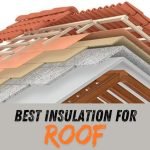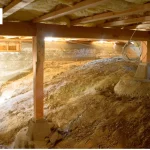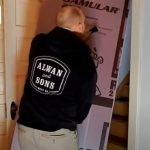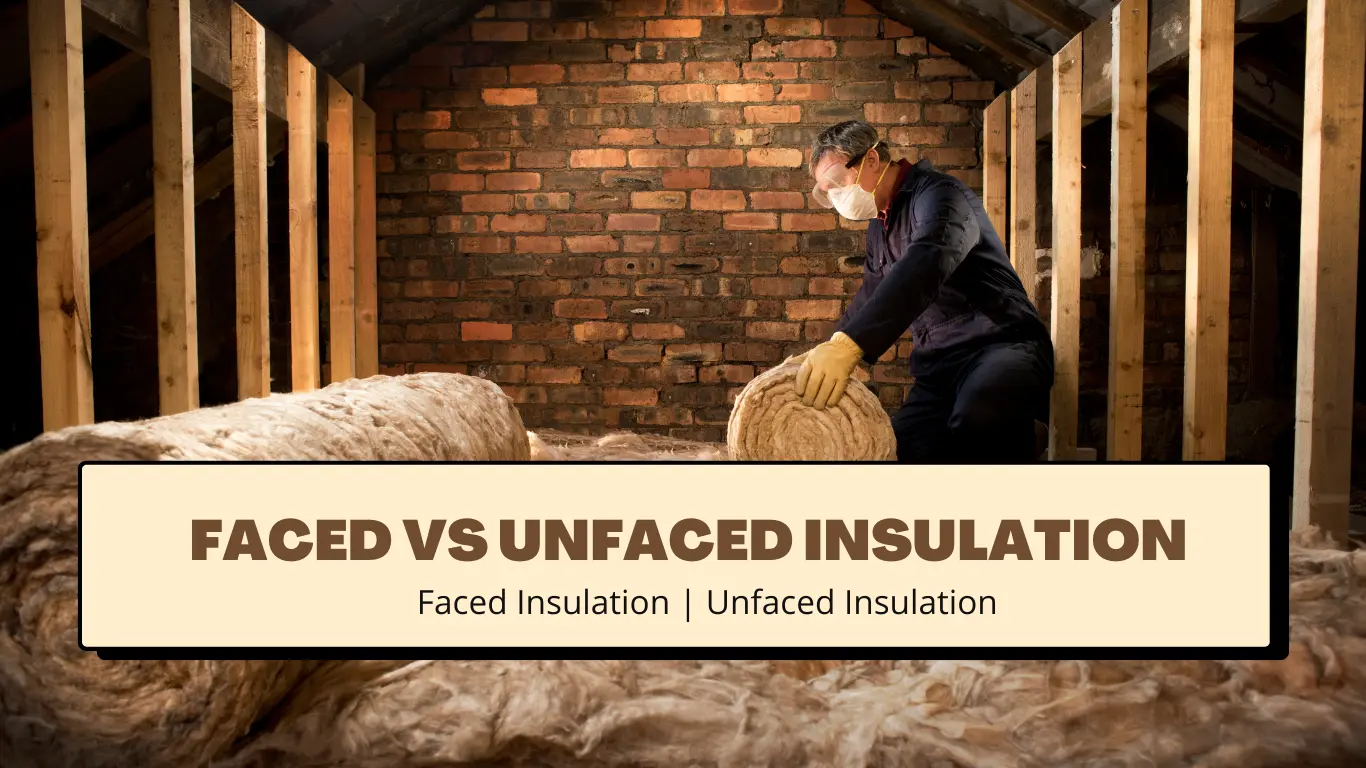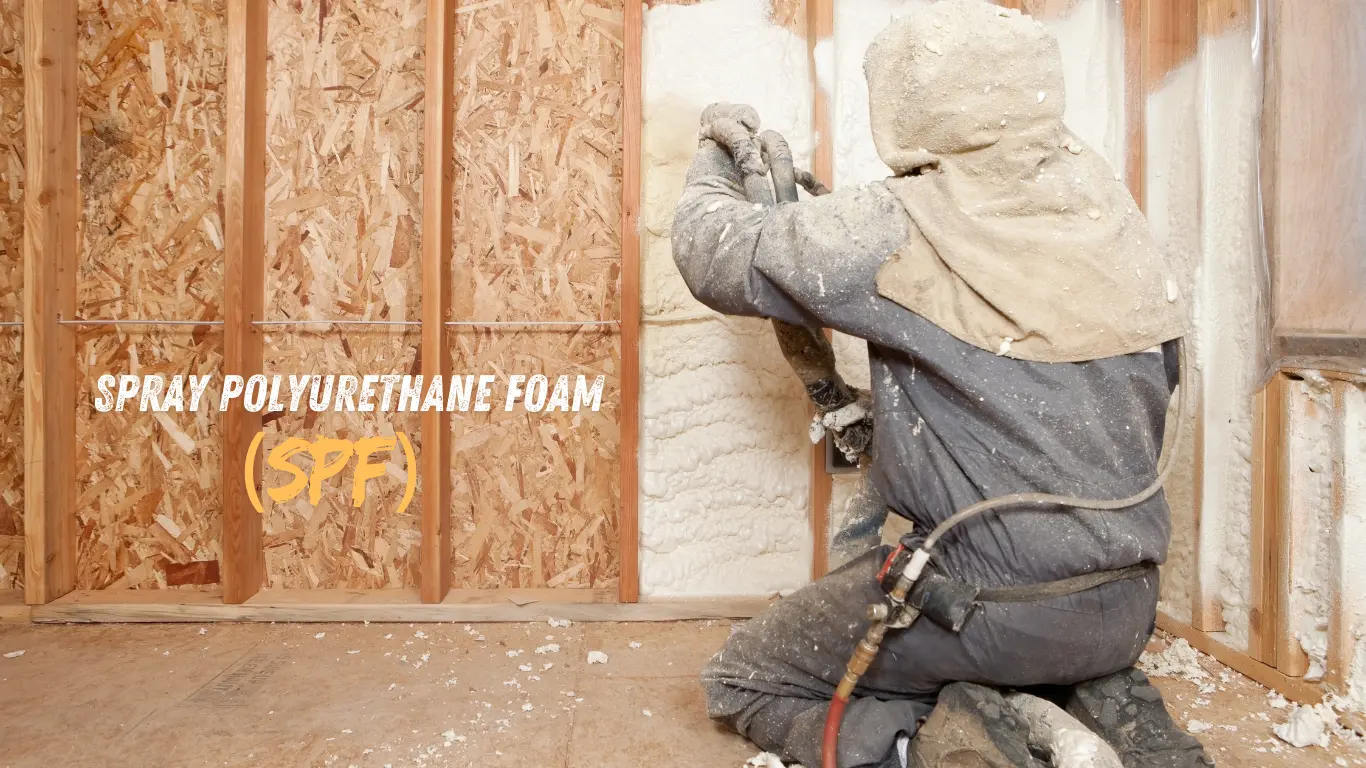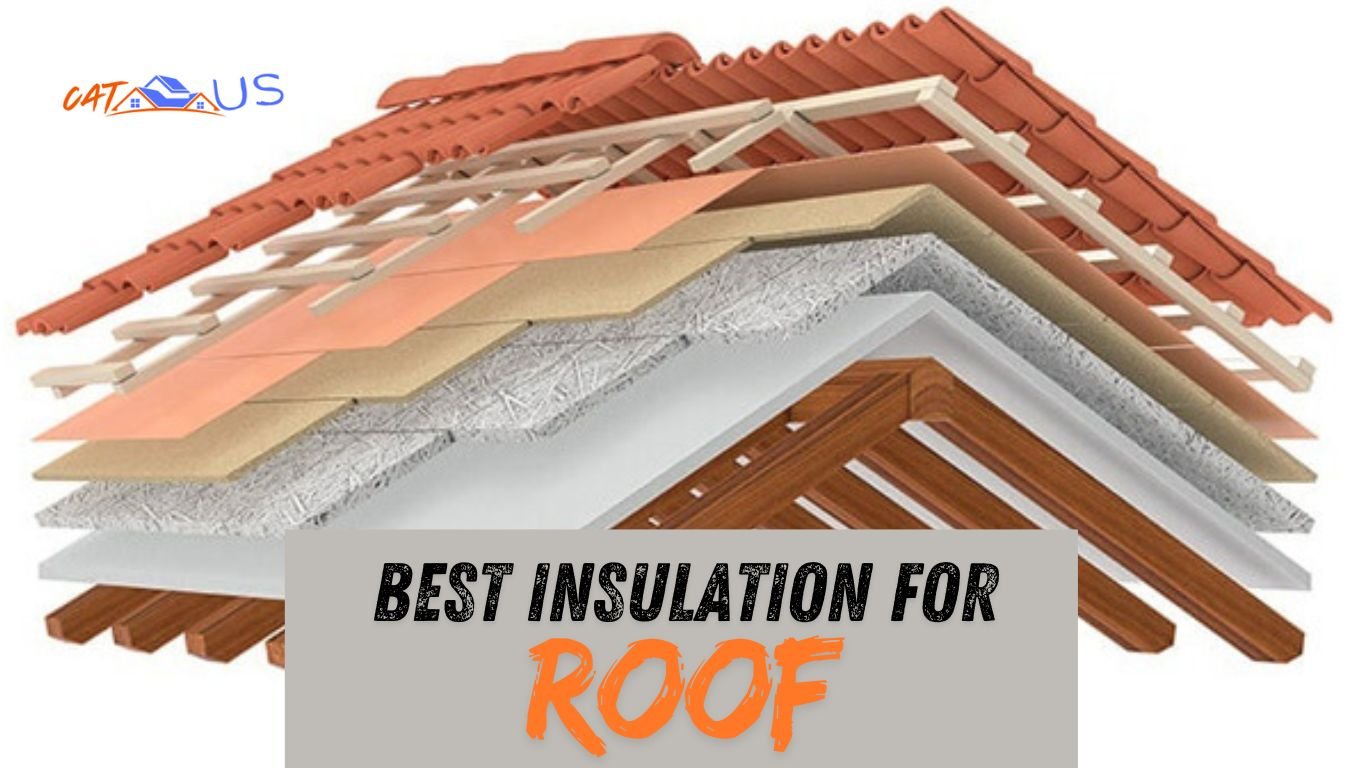Knee walls can be a tricky part of home design, especially in older homes with Bungalow or Cape Cod styles. These short walls are often found in attic spaces with sloping ceilings. If not properly addressed, they can lead to heat loss in winter and cooling challenges in summer.
From personal experience, adding proper insulation between the rafters is a clear and effective way to make these spaces more energy-efficient. I remember working on my client’s house, tackling the cramped areas behind the knee walls where tools barely fit.
It was tough but rewarding to see the difference it made in energy bills and overall comfort. Using spray foam, like high-quality products in a state like Michigan, can be the best solution for insulating these challenging areas.
When starting this job, please focus on the load these walls bear, ensuring the floor and roof maintain their structural integrity. Please pay attention to tucked corners, which often get overlooked during insulation. Proper practice involves spraying insulation evenly, avoiding the so-called devil’s triangle, where poor movement and awkward angles create gaps.
Since 2020, I’ve learned that addressing perpendicular and low access points early can save time and frustration. Whether you’re insulating for functional purposes or preserving the charm of an older style, remember to choose durable materials and stay patient—it’s worth the effort.
Knee Wall Insulation Challenges
Knee walls in attic spaces are tricky to insulate, especially in homes with bonus rooms or garages above. Using the right material and method can make a big difference. If you learn, Check out this article – How to Insulate Knee Walls.
From my experience, spray foam or fiberglass batts work well for the roof deck, while cellulose is best for flat areas. The key is ensuring proper airflow with soffit vents and ridge vents, supported by baffles, to keep the insulation in place. Without these, cracks, cold air infiltration, and even ice dam problems can develop.
I’ve seen many builders make silly mistakes like skipping, blocking, or leaving joists and studs unprotected, which is the main reason for compromising the insulation and creating an uncomfortable, cold environment.
To prevent issues, focus on sealing electrical boxes and uninsulated gaps, especially behind the knee walls. Creating a well-insulated cubby or conditioned space requires a smart strategy to avoid failures.
A good approach includes addressing any wall extension and installing durable materials. With the right preparation, you can transform a drafty area into a comfortable living space, free from common challenges like energy loss or uneven temperatures in a story-and-a-half home.
Now, let’s dive into the most effective methods for insulating knee walls.
1. Using Cellulose Insulation for Knee Walls
Cellulose insulation is a smart choice when working on the attic flat, especially for energy efficiency. Most contractors use the blown-in method, placing the insulation on the floor of the cubby located on the other side of the knee wall.
In some rare instances, knowledgeable contractors opt to switch materials, with wet cellulose or fiberglass batt to install directly on the wall itself.
This process ensures optimal coverage while addressing the unique needs of your attic’s layout.
2. Insulating Knee Walls with Fiberglass
Fiberglass batts are the most commonly cost-effective option for insulating knee walls on the roof deck or the attic flat. These pre-cut sizes are designed to fit into wall cavities snugly, helping to reduce gaps and improve insulation performance.
A good contractor will ensure proper installation, cutting the batts to match the space precisely, including areas like the cubby and the floor on the other side of the wall.
While fiberglass provides an R-value of R2.2 to R3.5, it doesn’t create an air barrier, meaning air movement can reduce effectiveness if not handled carefully.
3. Insulating Knee Walls with Spray Foam
Spray foam insulation is unique because it creates an air barrier preventing movement. When the roof deck is insulated, the foam is sprayed directly on the underside of the roof and extends to the cubby beyond the knee wall, sealing the entire home envelope.
This method provides excellent sealing and the bonus of protecting the roof from damage caused by ice dams. If the attic flat is insulated with spray foam, the knee wall is also covered, cutting off the cubby from the rest of the conditioned space.
Because spray foam expands upon application, it fills gaps and creates a robust shield against air leaks. An R-value ranging from R3.5 to R7 per inch provides superior thermal protection and prevents moisture, reducing the risk of ice dams and other attic issues.
Knee Wall Insulation Best Approach
The best approach to insulating knee walls in triangular attics focuses on simplicity and effectiveness.
- Start by insulating the sloped ceiling from the rafter bird’s mouth to the area above the second-floor ceiling.
- Use materials like spray foam, fiberglass batts, or blown-in cellulose, depending on your insulation needs.
- For air-permeable insulation, leave a ventilated air gap to ensure airflow, or choose an unvented method with spray foam for better sealing.
- To create a tight air barrier, install durable barriers such as drywall, OSB, ThermoPly, or rigid foam on both sides of the wall.
- Make sure to seal seams and joints properly to prevent leaks.
- Always meet or exceed code requirements for insulation thickness to maintain energy efficiency and comfort in your attic space.
CATUS Attic Knee Wall Solutions:
If you want to revolutionize your attic’s energy efficiency and comfort, proper knee wall insulation is key. At CATUS, we use specialized materials like spray foam and an extra layer of drywall to create a safe, efficient barrier against energy loss.
In Chicago, I’ve seen homes transforming into more comfortable spaces with this approach, thanks to personalized consultations that address specific needs. Our contractors help maintain warmth and improve the living environment by sealing gaps and ensuring optimal airflow.
Contact us today to verify how our Kneewall solutions can meet your attic insulation goals.



